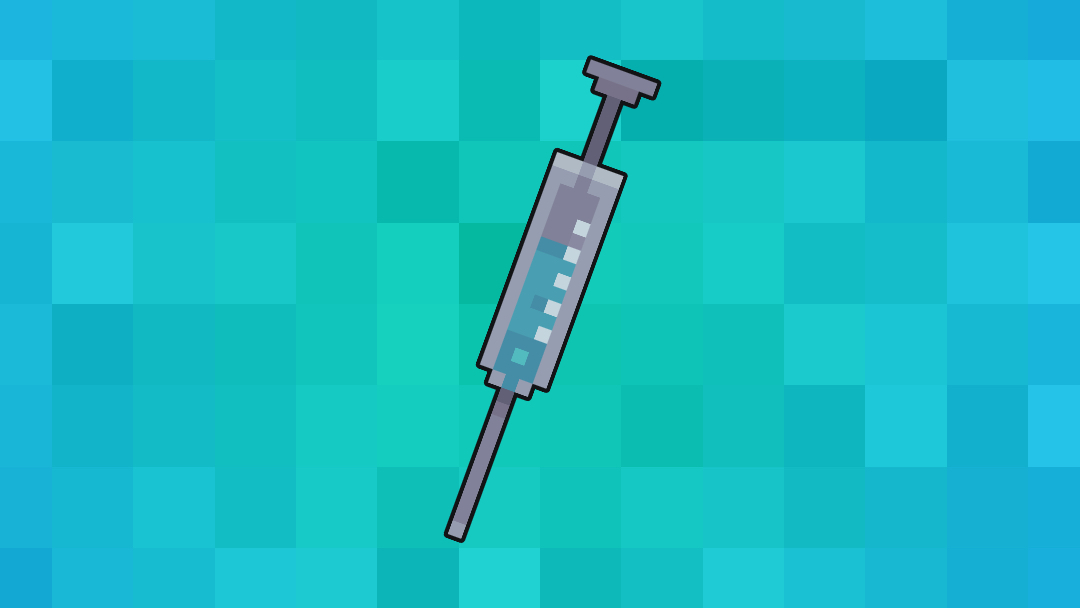- 📖 Geeky Medics OSCE Book
- ⚡ Geeky Medics Bundles
- ✨ 1300+ OSCE Stations
- ✅ OSCE Checklist PDF Booklet
- 🧠 UKMLA AKT Question Bank
- 💊 PSA Question Bank
- 💉 Clinical Skills App
- 🗂️ Flashcard Collections | OSCE, Medicine, Surgery, Anatomy
- 💬 SCA Cases for MRCGP
To be the first to know about our latest videos subscribe to our YouTube channel 🙌
Introduction
A 20-year-old woman develops shortness of breath on the ward following a laparoscopic appendicectomy. Work through the case to reach a diagnosis.
UK Medical Licensing Assessment (UKMLA)
This clinical case maps to the following UKMLA presentations:
- Acute rash
- Breathlessness
History
Presenting complaint
“I really can’t catch my breath and I’ve got a rash on my arms.”
History of presenting complaint
When did this first begin?
“About 2 minutes ago”
Did it come on suddenly or gradually?
“Suddenly”
Has it worsened or been getting better?
“It’s rapidly getting worse”
Were you doing anything prior to this?
“I just received my antibiotics and painkillers”
Does any particular position seem to make it worse or better?
“No”
Other parts of the history
- Palpitations: “I have a feeling that my heart is racing out of control”
- Chest pain: “No”
- Abdominal pain: “I have some pain over my surgical wounds”
- Cough: “No”
- Fever/chills: “No”
- Nausea/vomiting: “Nauseous, but no vomiting”
- Light-headedness: “I have been feeling faint and dizzy since the breathlessness began”
- Itch: “Yes, along the rash on my arms”
Any prior issues with breathing or any history of asthma?
“No”
Any history of allergy?
“None known to patient or staff”
Family history?
“There is no history of breathing difficulty or major surgeries in my family”
Any regular or over-the-counter medications?
“Only the oral contraceptive pill”
Smoking history?
“I have never been a smoker”
Any recent changes to your diet?
“No”
Clinical examination
- General examination
- Basic observations
- Cardiovascular examination
- Respiratory examination
Examination findings
General examination:
- Erythematous urticarial rash on arms
- Swollen tongue and lips
- Periorbital swelling
- Facial flushing
- Appears distressed and anxious
- SpO2 90% on room air
- BP 80/50 mmHg
- HR 150 bpm
- RR 30 breaths per minute
- Temperature 37oC
- Low-volume central pulses
- Thready peripheral pulses
- Tachycardia
- Hypotensive
- Increased work of breathing
- Hoarseness in voice
- Diffuse wheeze auscultated bilaterally
- Low SpO2
- Tachypnoea
Investigations
- Mast cell tryptase
- Chest X-ray
- ECG
- ABG
- Urea and electrolytes
Diagnosis
- Anaphylaxis
- Haemorrhagic shock
- Pneumothorax
- Septic shock
- Asthma exacerbation
- Panic attack
Management
IM adrenaline and elevate the patient’s legs.
- When recognised, anaphylaxis should be immediately treated with intramuscular adrenaline
- Do not delay administering adrenaline to perform investigations or take a detailed history
Any acutely unwell patient should be assessed and managed by an ABCDE approach:
Airway
- Remove allergen
- Repeat IM adrenaline (0.5 mg or 0.5 mL 1:1000) after 5 minutes if signs of respiratory or circulatory collapse persist
- Consult specialists on administering IV adrenaline if still needed after 2 IM doses
Breathing
- Supplemental oxygen
Circulation
- Fluid resuscitation with IV crystalloids
- Provide CPR if cardiac arrest occurs
- Document the patient’s allergy
- Provide patient education
- Referral to an allergy clinic
- Provide with adrenaline auto-injector if other non-medication allergies are discovered on follow-up
Editor
Dr Jess Speller
References
- Heilman J. Allergic angioedema. License: [CC BY-SA 3.0]
- Resuscitation Council UK. Emergency Treatment of Anaphylactic reactions: Guidelines for healthcare providers. Published in 2021. Available from: [LINK]
- Tidy C, Knott L. Anaphylaxis. Patient.info. Edited in 2020. Available from: [LINK]




